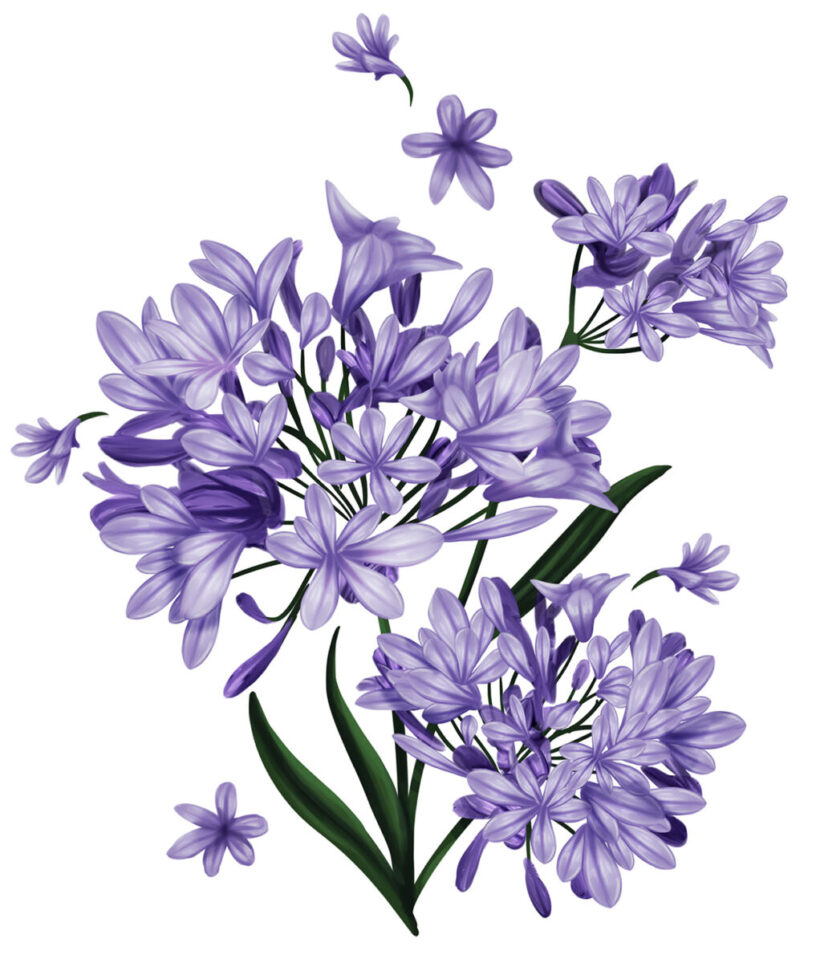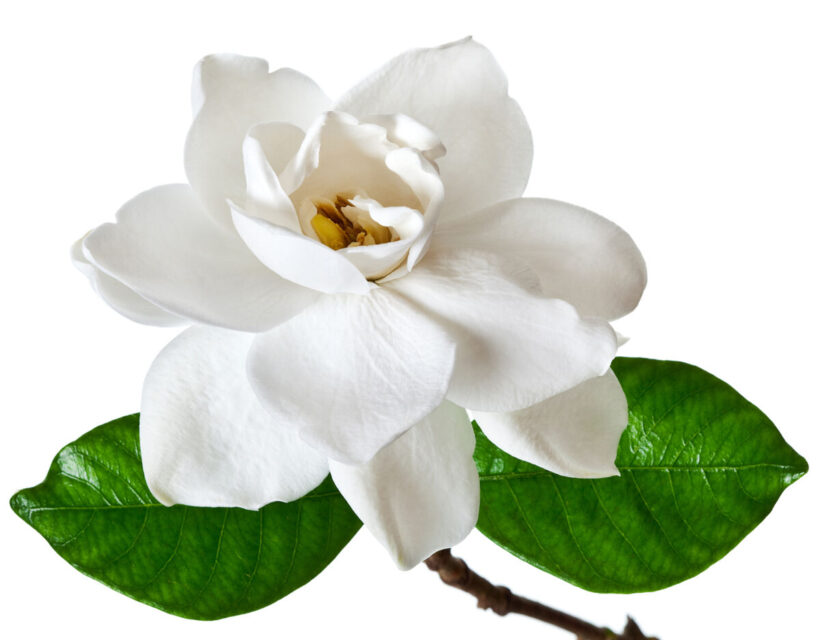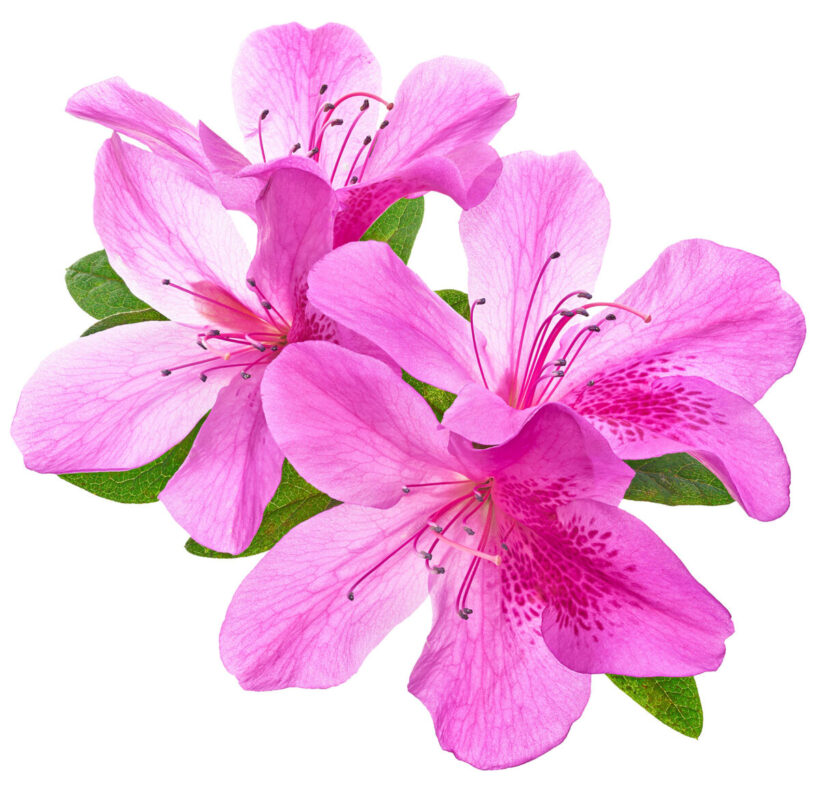Spring gardening
Just as you give your house a good spring cleaning to freshen it up after the long winter, take a similar approach to getting your garden back in shape for the warmer months. When it comes to redesigning your home, you already know that updates and renovations take careful planning. This is also true for your gardens. While it’s tempting to wait until April or the first signs of spring to get your hands dirty, garden experts believe the important work starts much sooner. You’ll want to take stock of your tools and supplies, make a plan, and get everything ready for a successful growing season. Whether you’re starting your garden from scratch or revamping a mature plot, tips from the experts will get you started on the right foot.

Violet Agapanthus flowers
Pruning – The first step should begin in mid-to-late winter with pruning trees, ideally after the coldest temperatures have passed but before the buds have formed. Shrubs can be pruned at this time, even many types of roses. Use sharp, sterilized shears, loppers, or a saw to cut away dead or damaged growth, remove crossing branches and shape plants. To sterilize your tools, use a mixture of one part rubbing alcohol or chlorine bleach to 10 parts of water. Soak the tools for several minutes before wiping them dry.
Inspect equipment – Before the growing season gets into full swing, it’s a good idea to inspect the tools and equipment you’ll need. Give tools a wash in mild soap and warm water. Hose down large pieces of equipment like rakes and shovels. Use a wire brush and damp cloth to clean wooden handles, then treat clean, dry handles with mineral oil to keep them in good condition. Note any tools that need to be repaired or replaced. Don’t purchase inexpensive tools. Good quality gardening tools will last a lifetime. Key essentials include a garden trowel for digging holes and trenches, a cultivator for loosening the soil and a trowel for planting bulbs.
Inventory seeds and supplies – It’s easy to get excited about buying new seeds as you prepare for the growing season, but it’s important to inventory any seeds, bulbs or other propagation materials you saved from previous seasons. When it comes to buying seeds for your garden, consider the old adage that less is more. Rather than planting all of your seeds in one season, try implementing your garden’s growth in stages. It’s so easy to go overboard and end up with too much product. Take time to organize your stash, take inventory on paper and put aside seeds you’re not interested in growing this year. You can donate them, share them with friends, or swap them with fellow gardeners. Note the date on each packet and discard those that are more than a couple of years old, as germination rates decline the older seeds are.

White Gardenia Blossom
Order or buy seeds – Once you’ve made your garden plan, it’s time to order seeds. If you prefer to shop in person, you can buy seeds at local plant shops, nurseries and garden centers. An added benefit of purchasing seeds locally is that shops will typically stock varieties that do well in your growing zone. You can order from seed companies and even buy plant starts online, although you’ll want to wait until the weather is warm enough to have any live plants shipped. Another option is to check local farmers’ markets and farmstands, which may take pre-orders for spring and summer vegetable starts.
Understand your zone – Before you start digging in your garden, make sure it’s the appropriate time to do so based on your agricultural zone. You’ll want to take your USDA hardiness zone, your space constraints, sun exposure and soil type into account, as well as the growth habit and needs of each plant. One tip is to site tall plants to the north of shorter ones so they won’t block the sunlight. It’s a good idea to plant spring crops together so you can harvest them and then plant summer veggies in their place.
Clean up garden beds and planters – As planting time draws near, you’ll want to tidy up your plots, raised beds and planters. Remove fallen sticks, leaves, dead vegetation and other debris. Keep an eye out for old plant tags, broken stakes, missing tools and trash that may have blown into the garden.
Prepare the soil – A few weeks before planting time you’ll want to prep garden beds and containers. Rake off any mulch you may have used to cover the soil for winter, like straw or shredded leaves. Pull any early weeds that may have sprung up. While tilling or turning over the soil with a fork or shovel was long considered necessary to work in fertilizer, gardening experts now recommend a no till approach. Instead, add organic compost to the soil surface of raised and in-ground beds. Refresh pots and planters with fresh potting mix or top-dress them, spreading a thin layer of compost over the soil.

Pink Azaleas
Springtime flowers – With the change in weather, you may have noticed that a lot of our plants and trees are starting to bloom. The following are spring plants you can put in the ground as soon as you have the beds cleaned out and ready for planting.
Agapanthus – Agapanthus africanus
Agapanthus give an eye-catching flower display, shooting up a stalk that’s topped with a ball-like cluster of blue or white flowers. Each blossom is 1 to 2 inches long. When not in bloom, the plants provide dark green foliage year-round. These can be added to the perennial flower bed or spot them among shrub plantings through the landscape. Some gardeners like to grow the plants in containers for the patio, balconies or entrance areas.
Gardenia – Gardenia jasminoides
The gardenia is a slow-growing evergreen shrub with textured dark-green leaves and fragrant white flowers in the spring. They send an intoxicating perfume across the heavy air. The gardenia has a virginal white flower that are large, most often double, and roselike in appearance. “Miami Supreme” has the large flowers, is extremely fragrant, and also grows in partial shade. Gardenia “Radicans” is a dwarf species.
Azalea – Rhododendron spp
Nothing heralds spring’s arrival better than azaleas. There are many different varieties. Azaleas have been a Florida favorite for only about 75 years. Most plantings bloom for three to four weeks then fade into the background as a space divider or transition plant. They come in four main colors; red, pink, white and purple, and can grow from 2 to 6 feet high and 2 to 6 feet wide.
References
• “Revised Edition FLORIDA Gardener’s Guide” – by Tom MacCubbin and Georgia B. Tasker
• The Spruce – “8 Simple Ways to Get Your Garden Ready for Spring” – Story by Alaxandra Jones – Feb. 22
• MARTHASTEWART.COM/GARDEN – Complete This Spring Gardening Checklist as the Weather Warms Up – by Lauren Wellbank March 15, 2022





